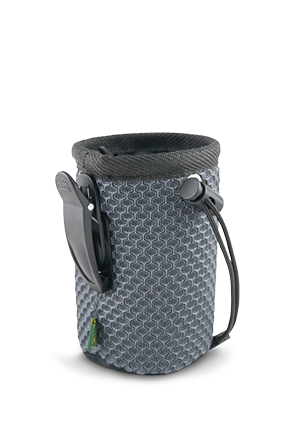Learning to fetch with a food dummy
Fetching is fun, but it doesn’t work for every dog right away. It is best to try it with a food dummy. This is a bag filled with treats that is sure to pique your dog’s interest.
Fetching is in the dogs’ blood
Originally, fetching was done in the training of hunting dogs. Their task was to track down hunted game and return it to the hunter, depending on its size. Since many original hunting dogs have now become family dogs, fetching is an excellent leisure activity for them. Dog owners often don’t even know that their breed was used for hunting in the past or even today. This applies, for example, to the Golden Retriever, Labrador, Weimaraner, Münsterländer, Magyar Vizsla, Rhodesian Ridgeback, beagle and many setters, German Hounds and terriers. But it is not only with these breeds that it is worth trying fetching. In principle, any dog can be considered for this.
Fetching is not throwing sticks
When it comes to fetching, a distinction should be made between playful ball throwing and ‘real’ fetching. The differences are larger and more extensive than many might think. The former is usually done without rules. This means that the dog is free to decide when to run, whether to pick up the object and when to return it. Although this is also a certain kind of leisure activity, it has many differences compared to real fetching: the opportunity is missed to really work with your dog, to make yourself interesting to him, to strengthen the bond and also to include important educational measures such as safe recall. Unfortunately, for a few of our best friends, this does not sit quite as intended, and the dogs decide for themselves whether and when they want to come back. This can be especially problematic with approaching cyclists. Unregulated throwing of balls can increase this danger, because the dog has internalised that it may immediately run after any moving object.
How do I start the fetch training?
Some dogs seem to have an innate ability to fetch and are already constantly dragging objects as puppies. But most of them have to learn it first. The easiest way to do this is with a food dummy. Hardly any dog can resist a bag filled with treats. If it does, it may be due to the content. Use treats that the dog loves. Click-Bits as well as PLATINUM dry food have proven to work due to their smell and the high meat content. Show the dog how you put the reward in the food bag and make the dummy interesting by hiding it behind your back, dragging it across the floor and using encouraging words.
As soon as the dog approaches the bag or sniffs it, it immediately gets a treat from the food bag. On the one hand, this is the reward for his interest, on the other hand, it is to show him that he cannot get the treats without you.
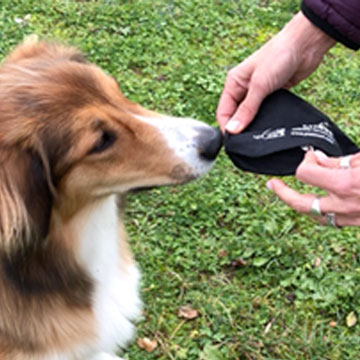
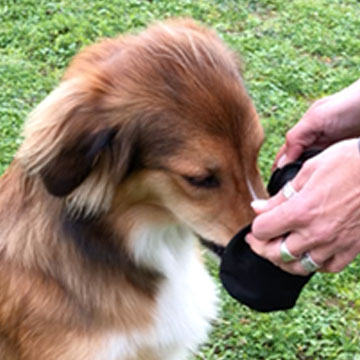
Teaching the dog to fetch
When the dog has understood that his interest in the food dummy is linked to a reward, you can start the actual training. For the beginning, however, there are no rules yet. Every pick-up, carrying around in the mouth or bringing the bag close is rewarded. Not, however, when he moves away with the dummy. To limit the radius, it makes sense to practise with a long leash at the beginning. He must internalise that he cannot get the treats without you. This makes you interesting for the dog and strengthens the mutual relationship. In order not to endanger the relationship again, you should refrain from any scolding. Unwanted behaviour is simply not rewarded, wanted behaviour is positively reinforced by praise and treats. This works quite well with most dogs, so you can now introduce rules and commands. The first thing to do is to start walking only when you give the signal. You have a good basis if the dog reliably performs ‘Stay’ or ‘Sit’. But most dogs first have a problem with the fact that they are suddenly no longer allowed to start immediately. Therefore, the use of a leash is also necessary here at the beginning to stop the dog. This exercise sometimes requires some time and patience. But it is worth it. This is because it trains the dog’s ability to stand still and impulse control. He no longer runs blindly after every moving object, but focuses on you first until you give permission.
Rules for fetching
The first rule is to stay safely next to you while you throw the food dummy away from you slightly. Alternatively, a second person can position the dummy. Concentrate fully on the dog and give it a clear command such as ‘Stay’. After one second, you can give the command ‘Fetch’ with a hand signal. The dog should then fetch the dummy. If he brings it back reliably, the last command is given with ‘Drop’ or ‘Give’. It’s best if he drops it directly into your open hand and then immediately receives his well-deserved reward. With some dogs this works surprisingly quickly, others need a number of attempts. If there are problems with returning the food dummy, work with a leash here as well: drag lines are several metres long and are very suitable for retrieving the dog. Do not go after him, rather always let him come to you. Sometimes it also helps to walk backwards a little and lure the dog towards you. If he does not give the bag, there is no reward.
Advanced fetching
Even if you have a dog at home whose genes should be made for fetching – some just don’t want to do it. In this case, try alternatives such as tracking work. However, if they enjoy fetching, you have many options to increase the difficulty level. Firstly, you can keep throwing the food dummy further away, and secondly, you don’t always have to train on short mown grass. In higher vegetation, the dog must rely on its scent and is thus additionally challenged. As if that were not enough, some dog owners use several dummies and have the dog fetch them one after the other. But that is the supreme discipline and a long way off for the time being. Start from the beginning and be surprised at how far you can take it.
Product recommendation
The benefits of PLATINUM dog food
- PLATINUM uses a unique preparation method called FSG, which offers numerous advantages compared to conventional dog food.
- Dog food prepared with FSG is gently cooked only in its own meat juice and is therefore nutrient-rich like BARF, excellent for building muscles and also extra tasty for your dog.
- With at least 70% fresh meat in the dry dog food and 83% fresh meat or fresh fish in the wet dog food, PLATINUM places great value on a composition of the food that is adapted to the needs of dogs.
- The declaration and composition of dog food prepared with FSG is tested regularly and independently by ELAB Analytik GmbH (formerly TÜV SÜD ELAB) - for canine health protection.
- PLATINUM is generally very well accepted by dogs of all breeds and ages. Even four-legged friends with sensitive digestion or intolerances usually tolerate PLATINUM dog food well.
- All products are free of soya, GMOs and gluten. In addition, no flavour enhancers, attractants, odourants or colourings are used.
- Over 2,000 positive customer reviews at Trusted Shops speak for themselves!






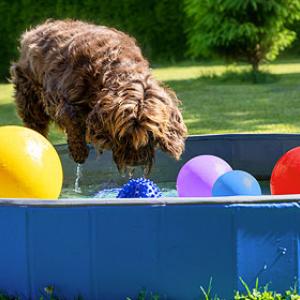

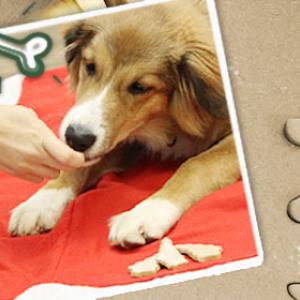
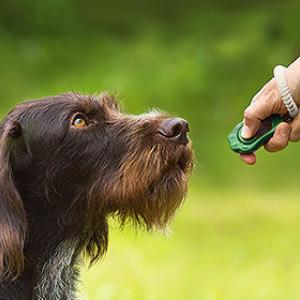
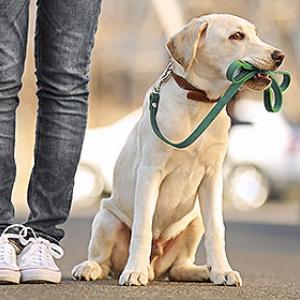

.png)
.png)
.png)
